In recent years, phototherapy solutions have revolutionized the oral care industry, offering consumers faster, safer, and more effective ways to achieve whiter smiles. Among the most popular innovations, blue vs red light whitening technologies stand out as key differentiators for modern teeth whitening devices.
For brands exploring OEM technology choice, understanding the science behind these light wavelengths is crucial to selecting the right manufacturing partner and developing a product that truly performs.
Blue light whitening technology operates typically in the 450–495 nm wavelength range. This form of light activates hydrogen peroxide or carbamide peroxide gels, accelerating the breakdown of stains on the enamel surface.
Its strength lies in teeth whitening efficacy — delivering visible results in shorter treatment times. Blue light is widely used in professional dental clinics and is now being adapted into at-home whitening kits through advanced OEM manufacturing.
While blue light focuses on surface stain removal, red light therapy (around 620–750 nm) penetrates deeper into gum tissue, promoting cell regeneration and reducing inflammation.
For oral care devices, combining red light phototherapy solutions provides not only aesthetic benefits but also therapeutic ones — improving gum health and reducing post-whitening sensitivity. Many OEM technology providers now integrate both wavelengths to deliver a more comprehensive whitening experience.
The debate between blue vs red light whitening is not about choosing one over the other, but about leveraging their complementary effects.
Blue light enhances teeth whitening efficacy, while red light supports oral tissue recovery and comfort. A well-designed OEM device that incorporates both can offer dual benefits: whiter teeth and healthier gums.
For brands, this dual-wavelength approach represents a premium product opportunity that differentiates them in a crowded marketplace.
When selecting an OEM technology provider for light-based whitening devices, brands should evaluate several key factors:
Choosing the right OEM partner ensures consistent performance, brand credibility, and faster go-to-market success.
As consumer demand grows for professional-grade results at home, brands must carefully consider their OEM technology choice. The synergy of blue vs red light whitening represents the next frontier in oral care — merging science, aesthetics, and wellness.
Partnering with an OEM manufacturer that masters phototherapy solutions and prioritizes teeth whitening efficacy can transform your brand’s product line into one that truly shines in the competitive whitening market.
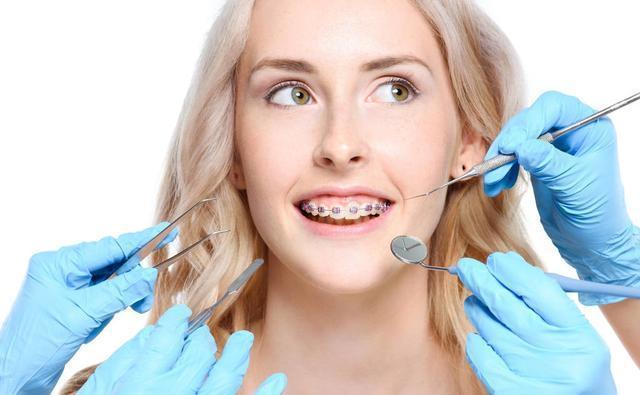
Orthodontic Electric Toothbrush Precautions – OEM Safety Features

Is your sonic toothbrush Dallas equipped for the ultimate Dallas oral health defense?
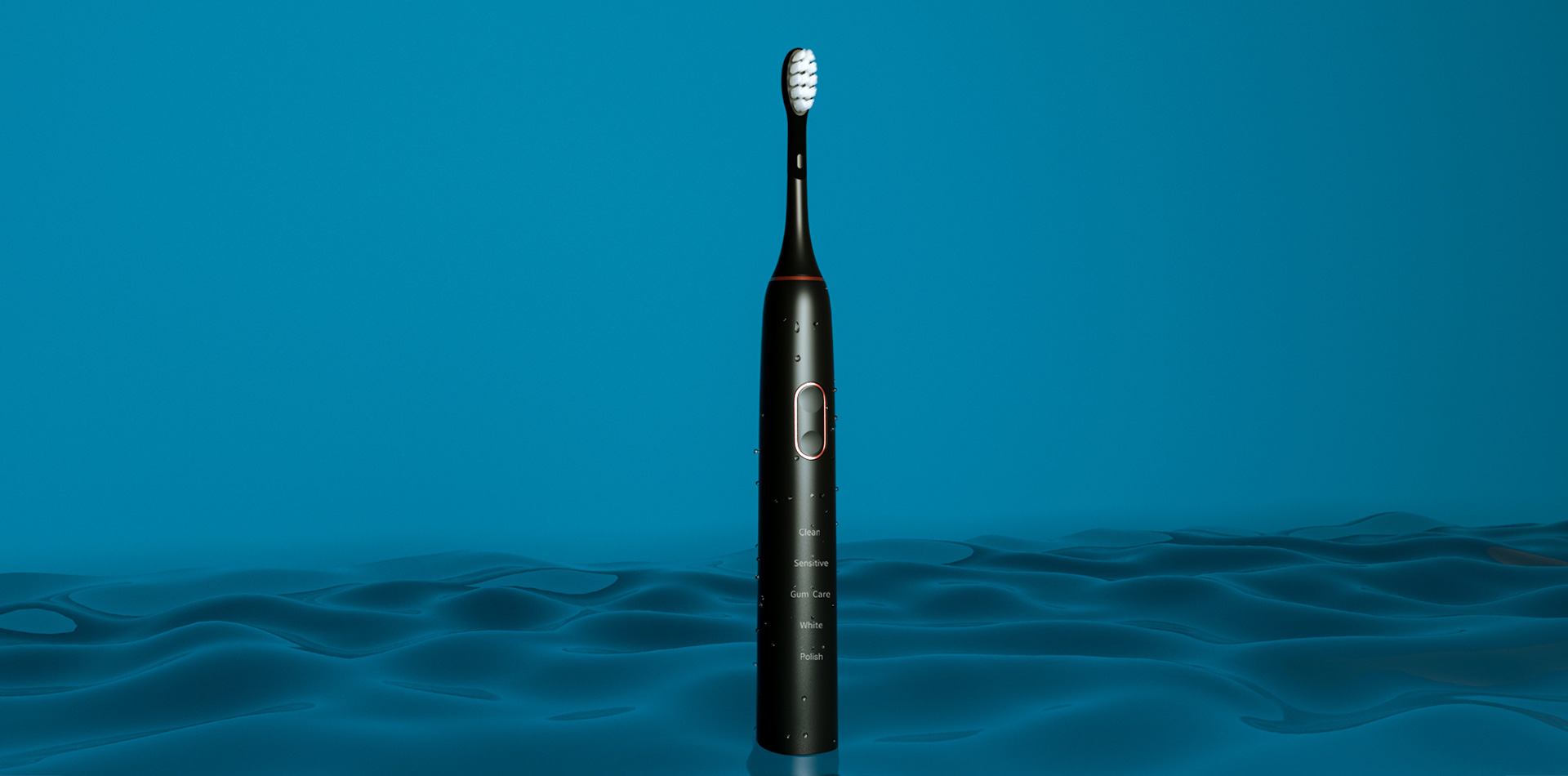
Looking for Sonic Toothbrush OEM Manufacturing and Water Flosser Private Label Services?

Tech-Driven Oral Care: The Impact on Electric Toothbrush OEM Development

Popular Electric Toothbrush Design Styles – OEM Trends for Brand Success
best toothbrush brands
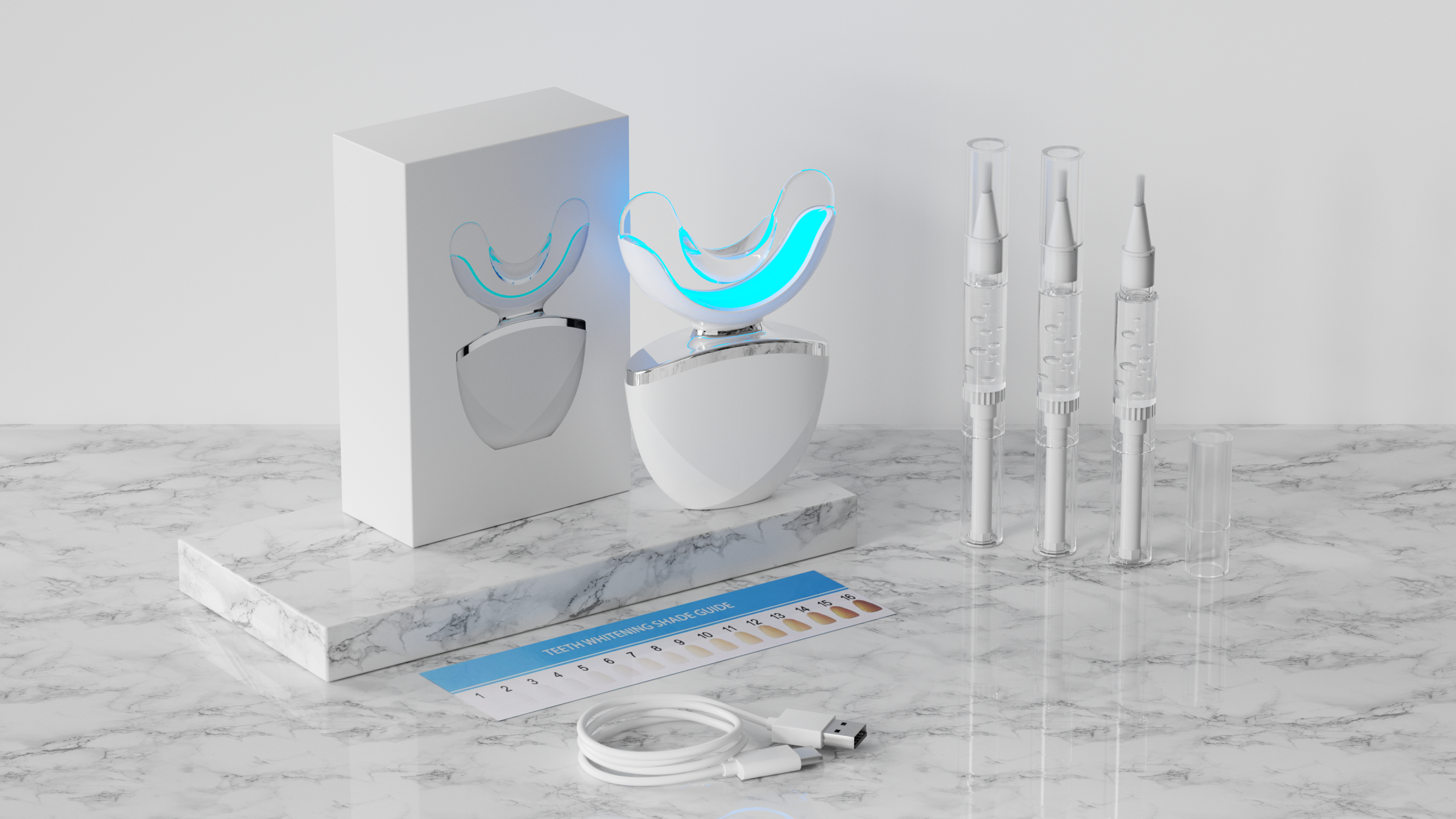
Teeth Whitening Equipment and Gel Compatibility – OEM System Integration
Luxury Smart Electric Toothbrush Dallas

Dental Hygienist’s View on Water Flossers – Key Insights for OEM Product Development
.jpg)
Is your Electric toothbrush truly Dentist recommended?
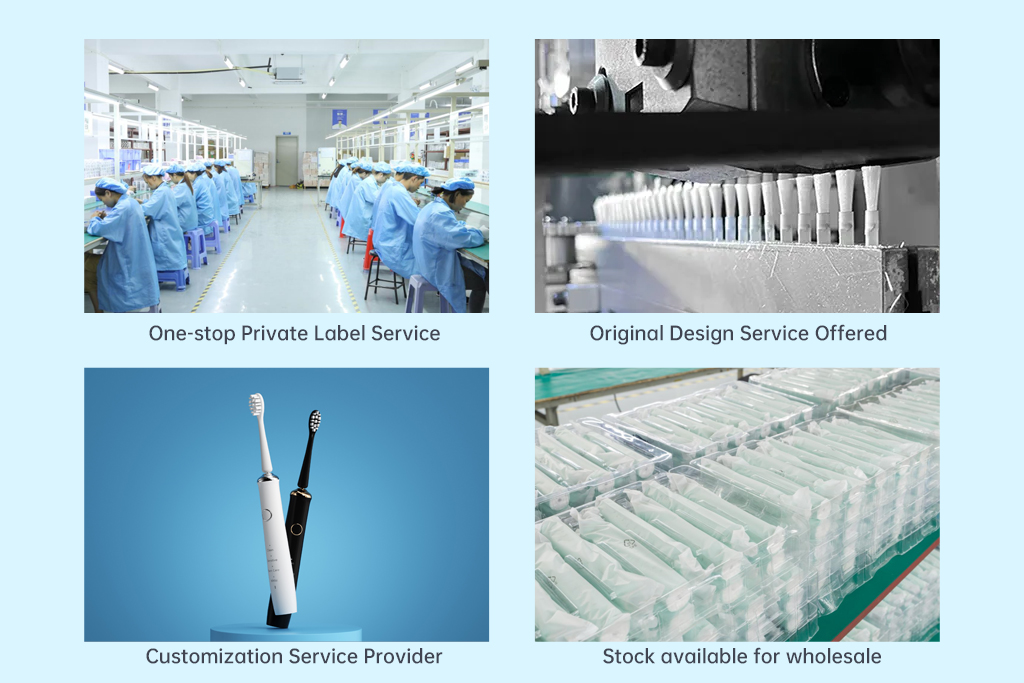
Quality vs Price in Electric Toothbrush Manufacturing – OEM Guide for Brand Owners

Top Electric Toothbrush Manufacturer in USA Dallas | POWSMART Factory
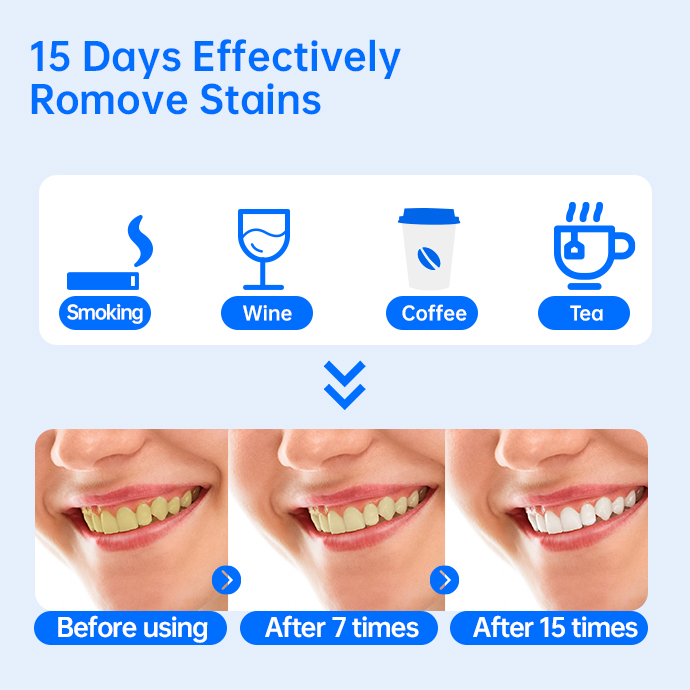
Need ADA Certified Toothbrush Products for Dental Clinic Supply?

Dallas Cowboys Themed Kids Electric Toothbrushes
Sonic Toothbrush Dallas – Smarter Cleaning Technology
.jpg)
Can the right oral care products prevent pain this National Toothache Day?

Private Label Whitening Gel

electric toothbrush heads Ultra Soft

Customization Teeth Whitening Gel

electric toothbrush heads Charcoal Infuse-Round

electric toothbrush heads Deep Clean

electric toothbrush heads Regular Clean
.jpg)
Florida Electric Toothbrush – Powsmart PTR-C8

Electric toothbrush heads Charcoal Infused-Diamond
whstapp
whstapp
National Toll-Free Service Hotline
+86 755 86238638